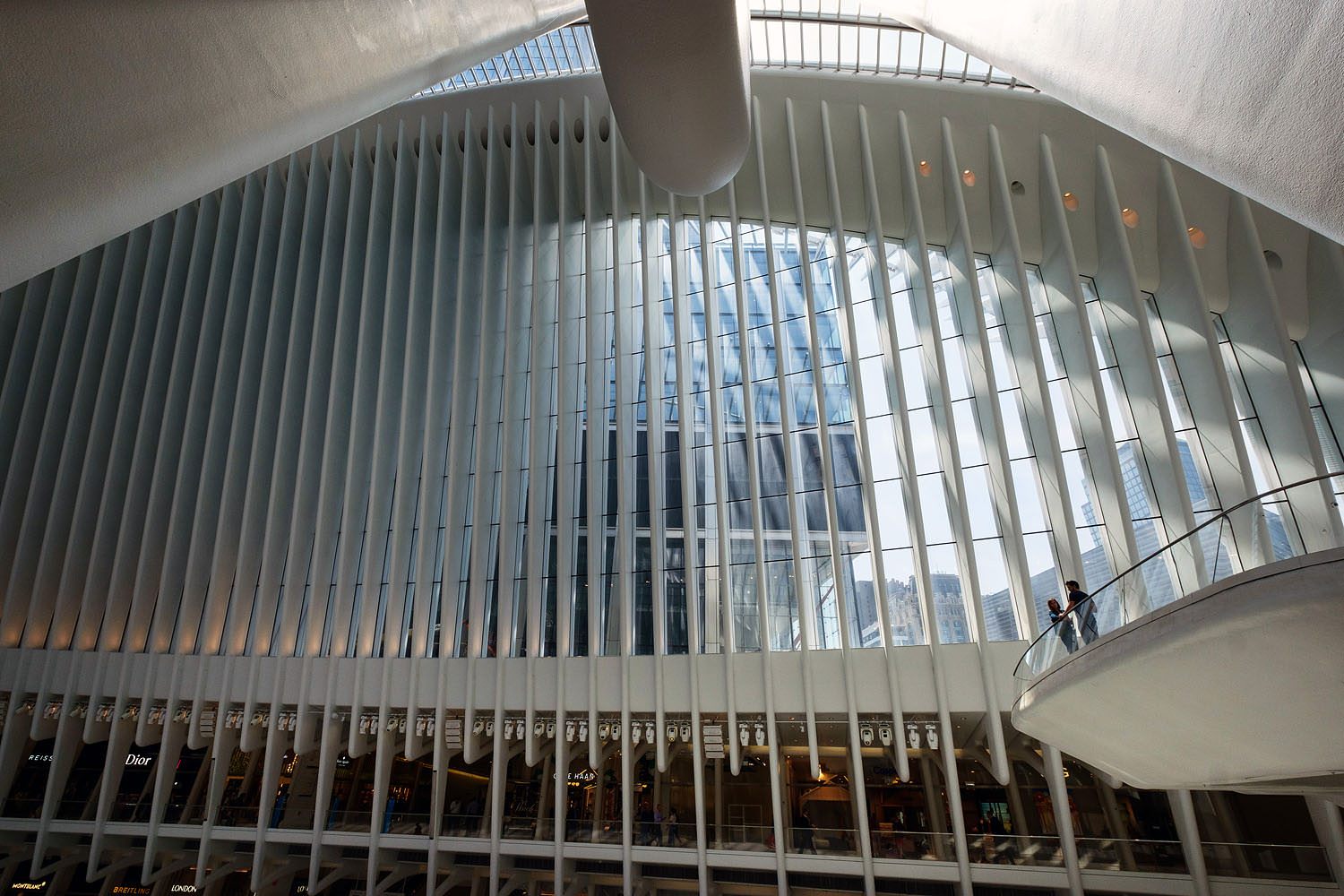

It's unlocked too - so if you want to stretch that clock speed up via overclocking, you have the flexibility for that. Though we are targeting this machine for VR gaming, the move to this processor will mean better performance for other tasks as well including video encoding, photo editing and more. The Core i7-5930K is a 6-core processor with HyperThreading, allowing for 12 addressable threads. Our $2,500 build moves to the Haswell-E platform, an enthusiast design that comes from the realm of workstation products.

In other words, the testing said that we would have a pleasant experience, and it didn't find anything that might hold our hardware back. The Steam VR tool, designed for the HTC Vive hardware, also put our minimum-spec system right in the middle of the green section, meaning that it was "good" for virtual reality, and assigned no bottlenecks to the build. If you can't run your game at 90 fps on this spec, you're not going to make it onto the official Oculus Store, it seems. Orth stressed that Oculus didn't pay the developer any money for Adrift, but that the company gave Three One Zero guidance on sections that needed to be optimized to run well on minimum-spec systems. it's more of a feeling of everyone pitching in and rolling up their sleeves together than a Draconian 'you must have this, this, this in order to even be considered.' It was a very pleasant experience." You need to focus on that,' they would say," Orth told Polygon. "'This section of the game isn't really hitting it for us. Oculus actually tested Adrift to make sure it ran well on the Rift's minimum spec, Orth told us, and gave Three One Zero feedback on where the team might need to optimize the game.
OCULUS DOM TOWER PC
"I was surprised, pleasantly, that an off-the-shelf PC that wasn't the highest level ran our game beautifully," Orth said. Adam Orth, founder of studio Three One Zero and the developer of Adrift, noticed during one event that the game was being demoed on non-super-powered PCs. So, in the end, you're getting more power than you paid for on the hardware side."
OCULUS DOM TOWER SOFTWARE
Lots of cooperation between the major display drivers, game engines and HMD manufacturers on the software side allow us to do things that would be impossible if we were just pushing the raw images from the computer to your eyes. "Game engines are doing things like instanced rendering that checks both displays and is able to reduce the number of things that need to be rendered twice. "Lucky for us, there have been some pretty huge advances in software to help out," Renauld explained. How the hell are we getting such good performance in such a demanding medium out of a minimum-spec machine? The reality is that this system can do VR, and it doesn't feel like a "minimum" experience. We could kill the frame rate in games like Eve Valkyrie by maximizing the settings, but the game recommended that we play with the "medium" graphical settings, which gave us a solid 90 frames per second.

How did it perform in real-world testing? Very well.Įverything in the Rift's launch lineup that we tested ran great, and provided a solid virtual reality experience. If you're curious about the rest of the parts, the video above goes into some more detail. The GPU was an easy pick - we just went with the minimum-spec GTX 970 - but with a model that we knew was solid and would give you a bit more performance with a bit less noise. Also, there's not going to be a big jump on prices or processor architecture at this price point in the near future. We went with a true quad-core processor due to the demands of gaming in general and VR in particular. There are a few thoughts here, as explained in the video.


 0 kommentar(er)
0 kommentar(er)
